Government Initiatives and Funding
Government initiatives aimed at improving healthcare access and quality are pivotal in shaping the palliative care market. In South Korea, the Ministry of Health and Welfare has implemented various policies to enhance palliative care services, including increased funding and support for healthcare facilities. Recent allocations indicate a budget increase of approximately 20% for palliative care programs, reflecting the government's commitment to this sector. These initiatives not only aim to improve service delivery but also to raise public awareness about the importance of palliative care. As funding becomes more accessible, healthcare providers are likely to expand their palliative care offerings, thereby driving market growth. The emphasis on integrating palliative care into the broader healthcare system suggests a long-term commitment to improving patient outcomes and quality of life.
Aging Population and Chronic Illnesses
The aging population in South Korea is a primary driver of the palliative care market. As life expectancy increases, the prevalence of chronic illnesses such as cancer, heart disease, and dementia rises. According to recent statistics, approximately 14.3% of the population is aged 65 and older, a figure projected to increase significantly in the coming years. This demographic shift necessitates enhanced palliative care services to address complex health needs. The palliative care market is expected to expand as healthcare providers adapt to the growing demand for specialized care that focuses on quality of life and symptom management for elderly patients. Furthermore, the integration of palliative care into standard treatment protocols for chronic illnesses is likely to become more prevalent, indicating a shift in healthcare delivery models in South Korea.
Technological Advancements in Healthcare
Technological advancements are transforming the landscape of the palliative care market. Innovations such as telemedicine, electronic health records, and mobile health applications are enhancing the delivery of palliative care services. In South Korea, the adoption of telehealth solutions has increased by approximately 30% in recent years, allowing healthcare providers to offer remote consultations and support to patients and families. This shift not only improves access to care but also facilitates better communication between patients and healthcare teams. As technology continues to evolve, it is likely to play a crucial role in streamlining palliative care processes, improving patient outcomes, and ultimately driving market growth. The integration of technology into palliative care practices may also lead to more personalized care plans, tailored to the specific needs of patients.
Cultural Attitudes Towards End-of-Life Care
Cultural attitudes in South Korea significantly influence the palliative care market. Traditionally, there has been a strong emphasis on curative treatments, often overshadowing the importance of palliative care. However, there appears to be a gradual shift in public perception, with increasing recognition of the value of quality of life at the end of life. Surveys indicate that approximately 60% of the population now supports the integration of palliative care into treatment plans. This evolving mindset is likely to encourage more families to seek palliative care services, thereby expanding the market. Additionally, educational campaigns aimed at healthcare professionals and the public may further enhance understanding and acceptance of palliative care, leading to increased demand for these services in South Korea.
Rising Awareness and Education on Palliative Care
Rising awareness and education regarding palliative care are critical drivers of market growth. In South Korea, healthcare organizations and advocacy groups are increasingly focusing on educating both healthcare professionals and the public about the benefits of palliative care. Recent campaigns have highlighted the importance of early integration of palliative care in treatment plans, which can lead to improved patient satisfaction and quality of life. As awareness increases, more patients and families are likely to seek out palliative care services, thereby expanding the market. Furthermore, educational programs aimed at training healthcare providers in palliative care principles are essential for ensuring that quality services are delivered. This emphasis on education and awareness is expected to foster a more supportive environment for palliative care, ultimately benefiting patients and their families.


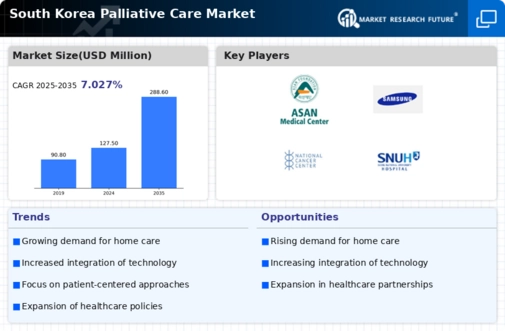
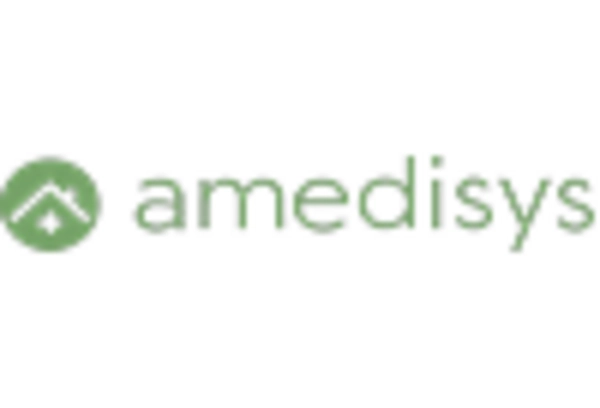
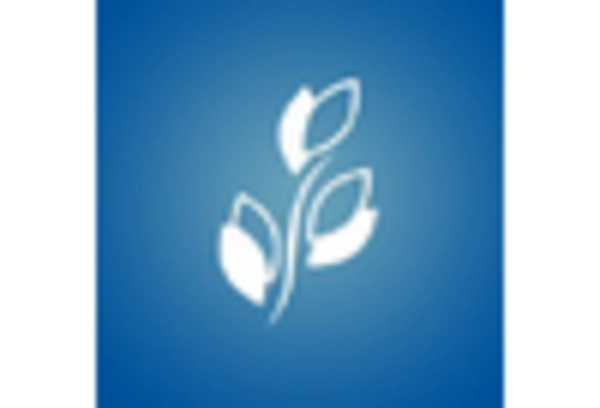
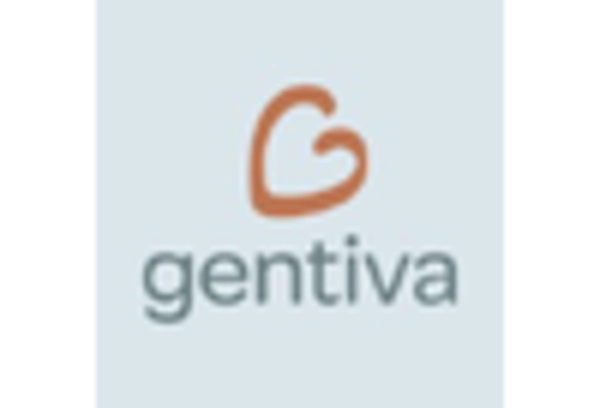
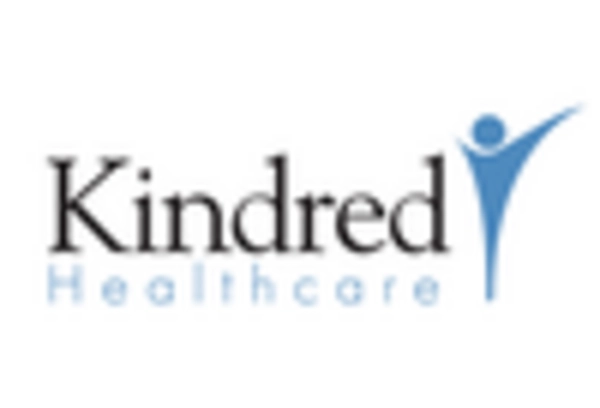
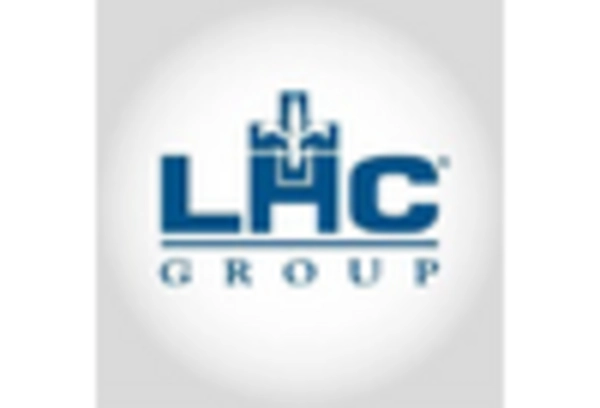
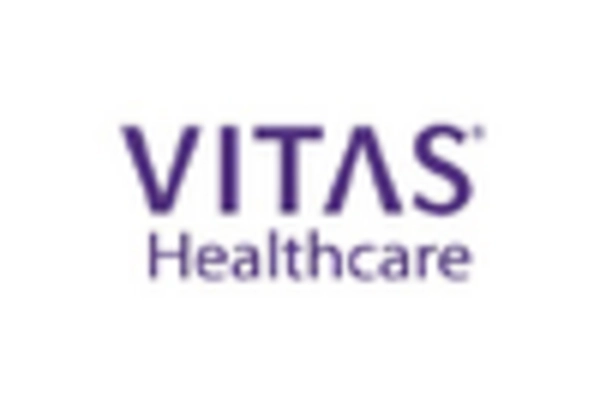








Leave a Comment